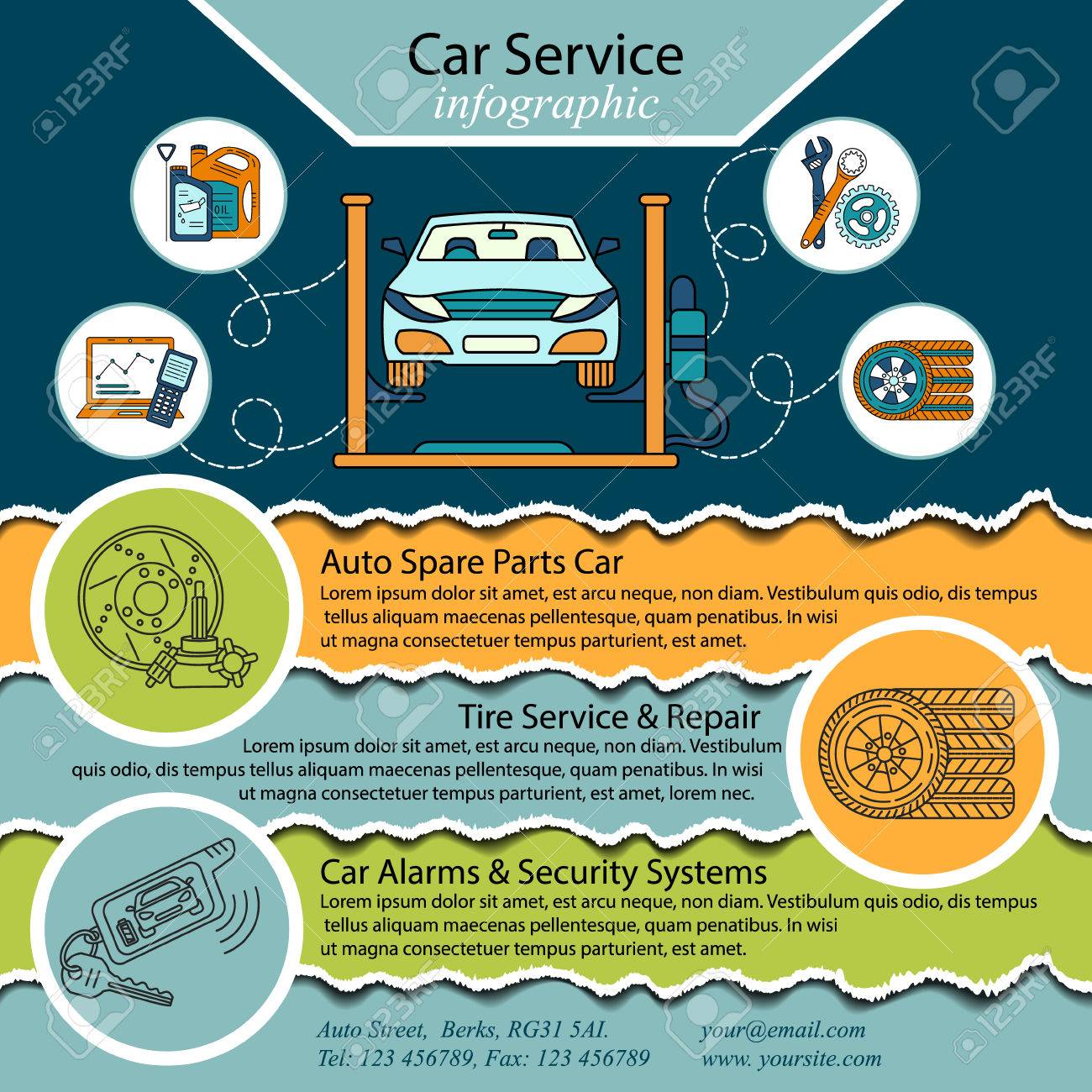When you lag the wheel, those beautiful warning lights on your control panel can be a bit bewildering. Do you understand what they're attempting to tell you about your cars and truck's wellness? Comprehending the importance of these lights is essential for your safety and security and the long life of your lorry. So, the next time among those lights appears, would not you wish to decipher its message accurately and take the essential actions to address it?
Common Caution Lights and Interpretations
Identify common caution lights in your car and comprehend their definitions to guarantee safe driving.
One of the most normal warning lights consist of the check engine light, which signifies concerns with the engine or exhausts system. If this light comes on, it's vital to have your vehicle inspected quickly.
The oil pressure warning light suggests reduced oil stress, calling for immediate attention to avoid engine damages.
A flashing battery light might recommend a faulty billing system, potentially leaving you stranded otherwise dealt with.
adetailer monitoring system (TPMS) light signals you to low tire pressure, impacting car stability and gas effectiveness. Overlooking this could lead to risky driving conditions.
The abdominal light suggests a trouble with the anti-lock braking system, jeopardizing your ability to stop promptly in emergency situations.
Lastly, the coolant temperature warning light warns of engine overheating, which can cause serious damage if not resolved quickly.
Comprehending check this link right here now will help you address concerns without delay and keep safe driving conditions.
Relevance of Prompt Interest
Recognizing the usual warning lights in your cars and truck is only the initial step; the importance of without delay attending to these cautions can't be stressed sufficient to ensure your security on the road.
When a warning light brightens on your control panel, it's your vehicle's way of communicating a potential concern that needs interest. Overlooking these cautions can bring about more severe issues down the road, endangering your safety and potentially costing you a lot more in repairs.
Motivate attention to advising lights can protect against breakdowns and accidents. As an example, a flashing check engine light could indicate a misfire that, if left neglected, might trigger damage to the catalytic converter. Resolving this immediately can conserve you from a costly fixing.
Likewise, a brake system alerting light might signify reduced brake liquid or used brake pads, essential parts for your security when driving.
DIY Troubleshooting Tips
If you observe a warning light on your dashboard, there are a couple of do it yourself troubleshooting pointers you can try before seeking specialist assistance.
The initial step is to consult your auto's manual to recognize what the particular warning light indicates. Sometimes the problem can be as basic as a loosened gas cap activating the check engine light. Tightening up the gas cap may resolve the problem.
One more common issue is a low battery, which can set off numerous advising lights. Inspecting the battery connections for deterioration and ensuring they're safe and secure could fix the problem.
If a warning light lingers, you can try resetting it by disconnecting the auto's battery for a couple of minutes and then reconnecting it. In addition, inspecting your automobile's fluid levels, such as oil, coolant, and brake liquid, can assist fix alerting lights associated with these systems.
Conclusion
Finally, understanding your vehicle's warning lights is important for keeping your vehicle running efficiently and securely. By promptly attending to these notifies and knowing what they suggest, you can stay clear of expensive repair work and potential break downs.
Bear in mind to consult your vehicle's handbook for certain information on each alerting light and do something about it appropriately to make certain a hassle-free driving experience.
Stay notified, stay secure when traveling!
